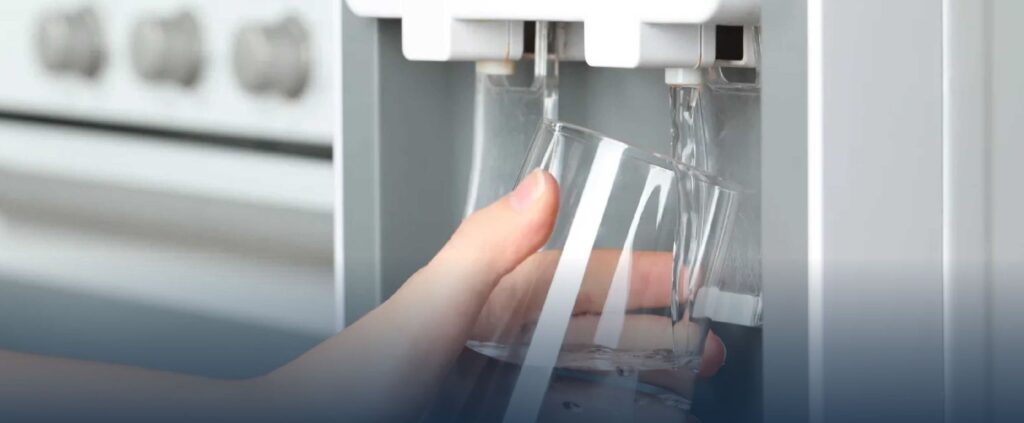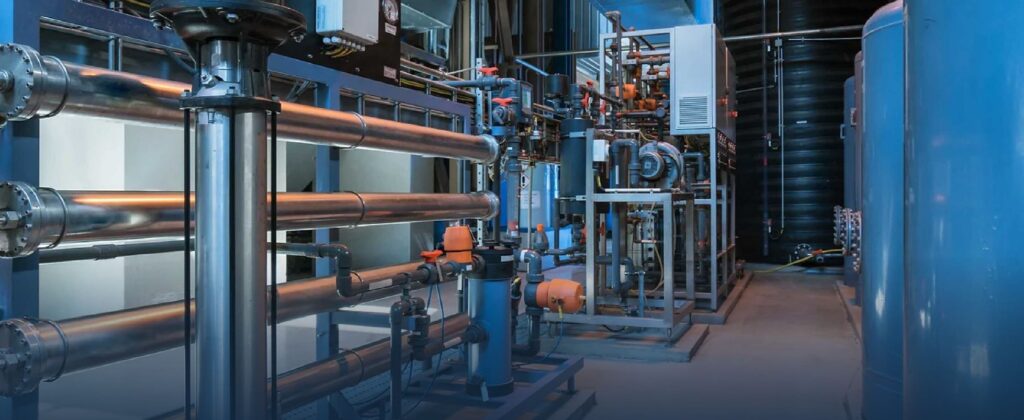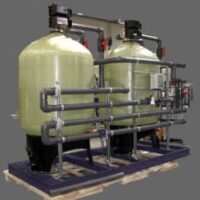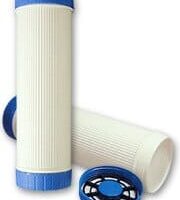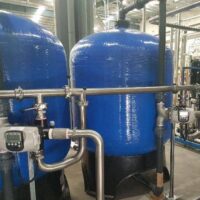Description
Description- Big Blue Activated Carbon Filter 20″x4.5″
Big Blue Granular Activated Carbon Filter T33
A filter with granular activated carbon (GAC) is a proven option to remove certain chemicals, particularly organic chemicals, from water. GAC filters also can be used to remove chemicals that give objectionable odours or tastes to water such as hydrogen sulfide (rotten eggs odour) or chlorine.
Granulated Carbon (GAC) has long been utilised to reduce impurities in potable water. It is widely recognised for its adsorption capacity plus its ability to reduce dissolved organics and chemicals such as chlorine. These and other impurities can cause undesirable taste, odour and colour in water. Sediment reduction is down to 5 microns.
- T28 = Standard Coconut Shell GAC (Granular Activated Carbon) – Ideal for use as RO Prefiltration (20×50 Mesh GAC)
- T33 = Acid Rinsed (for higher purity) Coconut Shell Coal based GAC – Ideal for use as a polishing filter, for drinking water or RO Post-filtration (12×40 Mesh GAC)
- T40 = Acid Rinsed (for higher purity) Coconut Shell Coal based GAC – Ideal for use as a polishing filter, for drinking water or RO Post-filtration (12×40 Mesh GAC)
Granulated Carbon (GAC) has long been utilised to reduce impurities in potable water. It is widely recognised for its adsorption capacity plus its ability to reduce dissolved organics and chemicals such as chlorine. These and other impurities can cause undesirable taste, odour and colour in water. All carbon filters remove chlorine, taste and odour and have sediment reduction down to 5 microns.
What Is Activated Carbon?
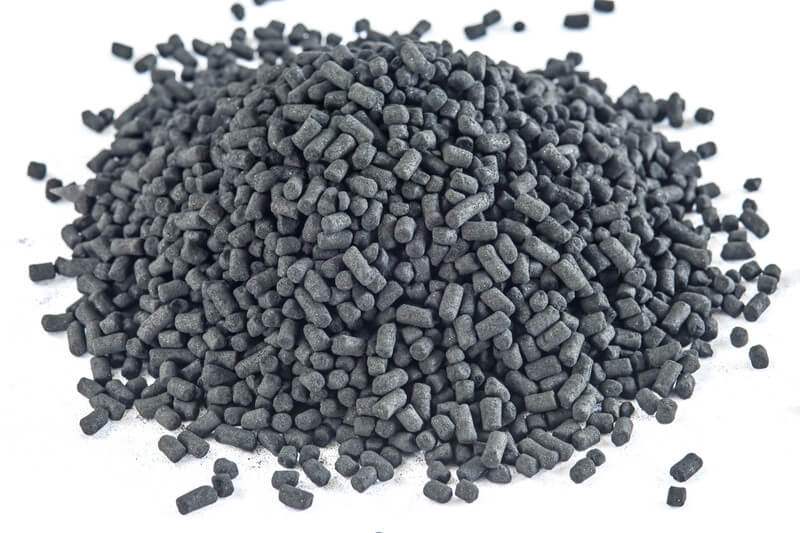 |
|
Activated carbon has an incredibly large surface area per unit volume, and a network of submicroscopic pores where adsorption takes place.
|
The primary raw material used for activated carbon is any organic material with a high carbon content (coal, wood, peat, coconut shells). Granular activated carbon media is most commonly produced by grinding the raw material, adding a suitable binder to give it hardness, re-compacting and crushing to the correct size.
The carbon-based material is converted to activated carbon by thermal decomposition in a furnace using a controlled atmosphere and heat. The resultant product has an incredibly large surface area per unit volume, and a network of submicroscopic pores where adsorption takes place.
The walls of the pores provide the surface layer molecules essential for adsorption. Amazingly, one kilogram provides a surface area equivalent to 12 football fields.
How Does Activated Carbon Work?
Physical adsorption is the primary means by which activated carbon works to remove contaminants from water. Carbon’s highly porous nature provides a large surface area for contaminants (adsorbates) to collect. In simple terms, physical adsorption occurs because all molecules exert attractive forces, especially molecules at the surface of a solid (pore walls of carbon), and these surface molecules seek other molecules to adhere to.
The large internal surface area of carbon has many attractive forces that work to attract other molecules. Thus, contaminants in water are adsorbed (or held) to the surface of carbon by surface attractive forces similar to gravitational forces. Adsorption from solution occurs as a result of differences in adsorbate concentration in the solution and in the carbon pores.
The adsorbate migrates from the solution through the pore channels to reach the area where the strongest attractive forces are. With this understanding of how the adsorption process works, we must then understand why it works, or why water contaminants become adsorbates. Water contaminants adsorb because the attraction of the carbon surface for them is stronger than the attractive forces that keep them dissolved in solution.
Those compounds that are more adsorbable onto activated carbon generally have a lower water solubility, are organic (made up of carbon atoms), have a higher molecular weight and a neutral or non-polar chemical nature. It should be pointed out that for water adsorbates to become physically adsorbed onto activated carbon, they must be both dissolved in water and smaller than the size of the carbon pore openings so that they can pass into the carbon pores and accumulate.
Besides physical adsorption, chemical reactions can occur on a carbon surface. One such reaction is chlorine removal from water involving the chemical reaction of chlorine with carbon to form chloride ions. This reaction is important to POU treatment because this conversion of chlorine to chloride is the basis for the removal of some common objectionable tastes and odors from drinking water. Water contaminants adsorb because the attraction of the carbon surface for them is stronger than the attractive forces that keep them dissolved in solution.

